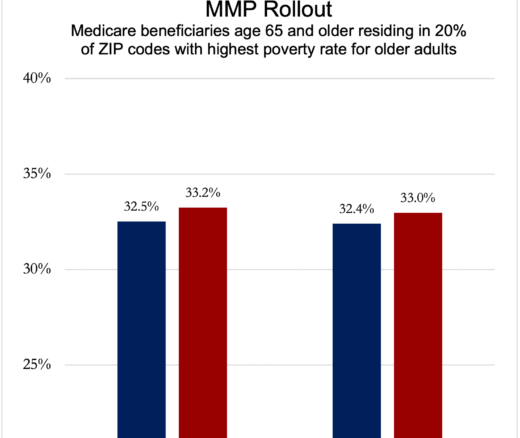
Acupuncture Could Fix America’s Chronic Pain Crisis–So Why Can’t Patients Get It?
A Proven, Low-Risk Treatment Is Backed by Major Studies and Patient Demand, Yet Medicare and Insurers Still Make It Hard To Use
Blog Post

A recent study in JAMA Network Open measured and reported rates of disenrollment and reenrollment in commercial health plans. Using administrative data from Anthem, a large national insurer, Senior Fellow Hanming Fang, with former LDI colleagues Molly Frean and Benjamin Ukert, found that about one-third (34%) of members who leave their insurance plan reenroll with the same plan within five years. After 10 years, almost half (47%) were reenrolled. The findings were similar for those with individual and group insurance.
These data are important for insurance benefit design, and insurers may find it beneficial to factor reenrollment rates into policy decision-making. The findings suggest that insurers may benefit from focusing on the long-term health of members since many will return before long to the same insurer. In particular, such high rates of reenrollment may incentivize insurers to offer earlier preventive services since many members will likely be covered by the same insurer when the savings from such services will be realized.
The study, Trends in Disenrollment and Reenrollment Within U.S. Commercial Health Insurance Plans, 2006-2018 was published in JAMA Network Open on February 24, 2022. Authors include Hanming Fang, Molly Frean, Gosia Sylwestrzak, and Benjamin Ukert.
This research was made possible through an external research partnership between Penn LDI, the Wharton School Health Care Management Department, and Anthem Inc. This collaboration provides access to Anthem claims data and seeks to answer questions focused on using provider payment and insurance design to improve health care access, cost, and quality.

A Proven, Low-Risk Treatment Is Backed by Major Studies and Patient Demand, Yet Medicare and Insurers Still Make It Hard To Use

Chart of the Day: Medicare-Medicaid Plans—Created to Streamline Care for Dually Eligible Individuals—Failed to Increase Medicaid Participation in High-Poverty Communities
Research Brief: Shorter Stays in Skilled Nursing Facilities and Less Home Health Didn’t Lead to Worse Outcomes, Pointing to Opportunities for Traditional Medicare

How Threatened Reproductive Rights Pushed More Pennsylvanians Toward Sterilization

Abortion Restrictions Can Backfire, Pushing Families to End Pregnancies

They Reduce Coverage, Not Costs, History Shows. Smarter Incentives Would Encourage the Private Sector
Research Brief: Less Than 1% of Clinical Practices Provide 80% of Outpatient Services for Dually Eligible Individuals

New Findings Highlight the Value of 12-Month Eligibility in Reducing Care Gaps and Paperwork Burdens